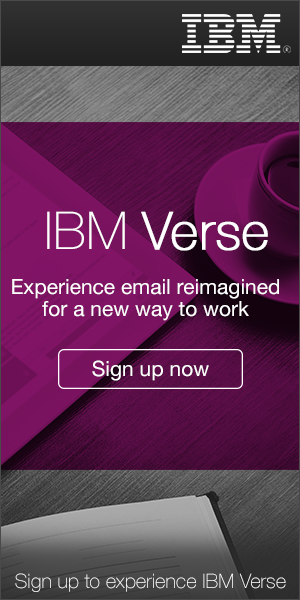A common phrase often heard today is “Email is dead”. Usage of this tool — perceived as a godsend when it was first developed — has grown to the point where most people dread opening their email, especially after having been away for any period of time.
In its early days, email replaced “messages”, often taken by secretaries and receptionists which were then collected and handed off to the recipient, to become part of some collection of miscellaneous pieces of paper. With the advent of email, messages now could be easily responded to and easily tracked.
Not so today. Email, in its current format is being used for a myriad of purposes: as a tool to replace processes (with employees emailing each other back and forth with time-sensitive information or messages); as the vehicle or channel for moving production of relevant ‘materials’ forward; to document critical client or company information; and has even replaced conversations that are often best handled in person. And, it comes with attachments — multiple copies of the same or slightly altered document, eating up bandwidth and storage space. As a result, chaos tends to reign as employees set up folders and save in a multitude of places, and hope to be able to find emails based on searches by subject or sender.
Various tools have been developed to deal with the downside of emails — but often these only address part of the issue, and uptake has not been sufficient to significantly reduce the number of emails that employees have to read and respond to — and save. Indeed, courses on “managing” your email are offered at various campuses and organizations but good email habits are akin to addressing the symptom and not the disease. Other critical factors impacting email management include the need to retain them for legal purposes and to provide security and privacy. All in all, email, once a time saver, is difficult for employees to manage and moreover requires yet more support and time from a resource, which in many companies today is already over stretched: IT support.
It’s about time that someone tackled the email conundrum head on. Imagine having email that works for you instead of email that makes you work. IBM Verse does just that. This business email solution addresses security and privacy needs on both a corporate and personal level, unique to each employee. With built-in intelligence it provides management tools across business communications and devices to help you organize information and focus on what you need most — and it makes sharing of that information easy. What’s more, with a seamless array of social and mobile capabilities delivered from the cloud, IBM Verse opens up new intuitive ways to communicate, connecting ‘me’ to ‘we’, with less clutter and more clarity.
Learn more about IBM Verse and discover a new way to work.


